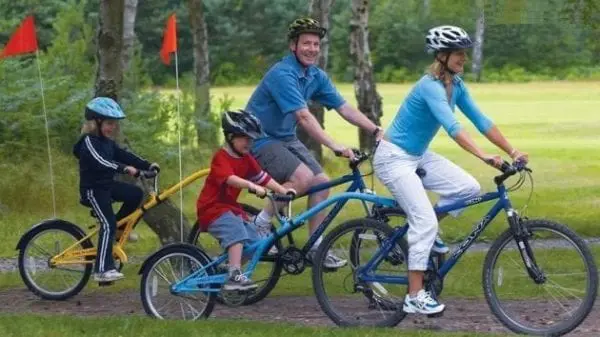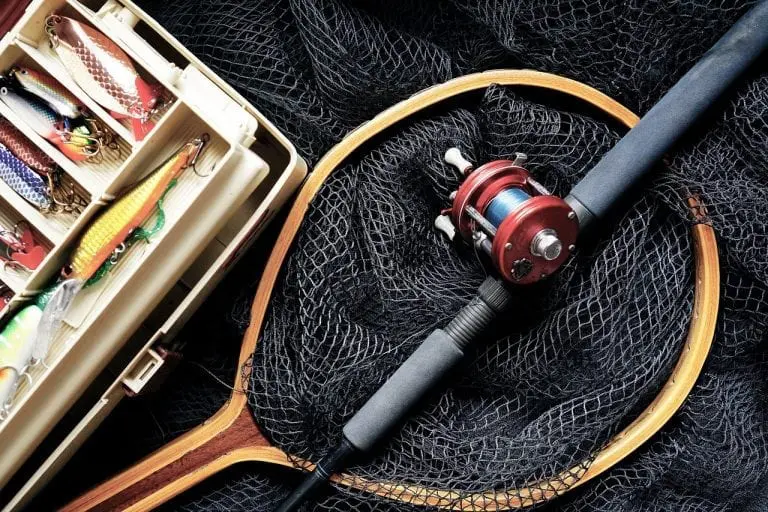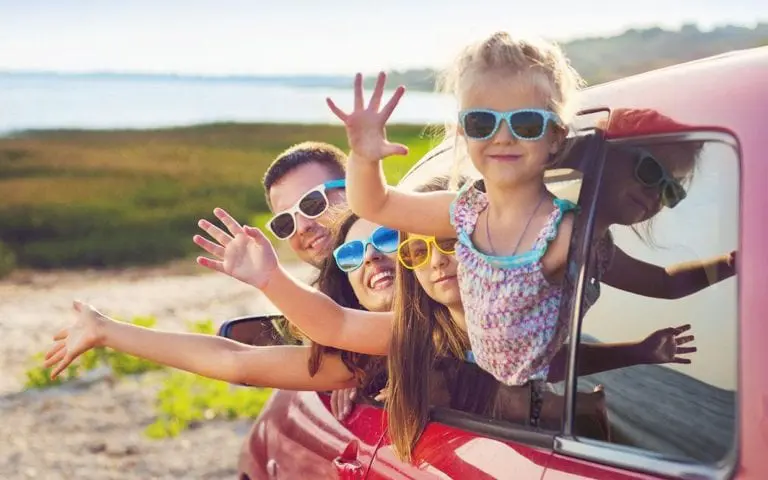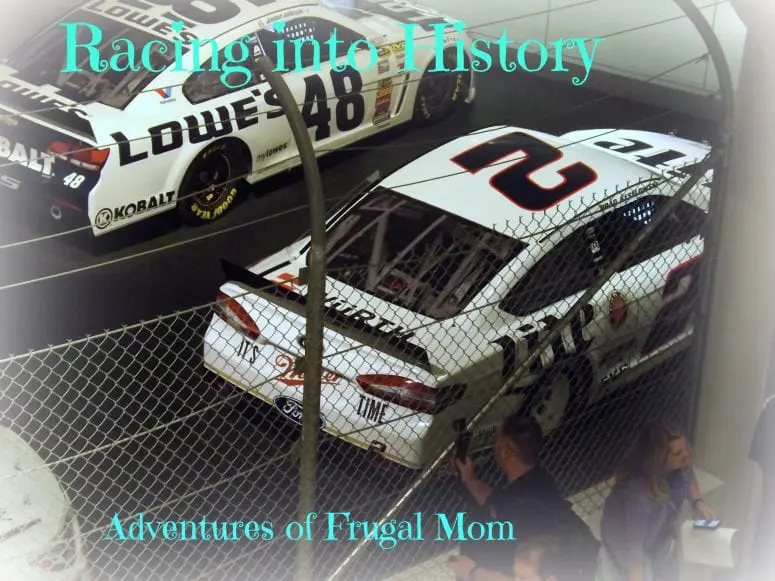How to Go Cycling With a Kid

Cycling is fun. Whatever reasons for your cycling, it is unlikely that you will go unsatisfied. Cycling is in many ways a means through which you kill two birds with one stone. On one hand, you have lots of fun while keeping fit and it is a means of mobility.
For kids, cycling plays these roles albeit in a little bit different manner. Besides combining all the above aspects it becomes a social activity for which they look forward to. It is therefore important that they get it right.
Before going cycling with a kid, there are a number of factors to keep in mind and work. Here are a few.
Choose the Right Bike
This one sounds obvious but it plays a vital role in determining the final experience that you and the little one gets by the end of the exercise.
First, you need to consider their riding experience. Is it the first time? If it is, the kind of bike they ride will have to be given even more careful consideration, putting in perspective factors such as age, height, strength and even mental capability of the child. These factors will play a role in determining how fast, slow and even how long the child keeps rides on their first day.
Even where they have some experience riding, the kind of bike they choose or you choose for him will still be a key factor. At the same time, you will keep in mind aspects such as a bike condition and size. When this is done correctly, their riding experience will be one they will never forget.
Set the Route and the Scene
Choosing the route you choose when you go riding with a kid has several elements to it. One, it will be determined by the kind of experience you want them to gain. For a leisure ride, a habitat that offers just some freshness might do the trick. For exercise, a route that will require more engagement such as vigorous pedaling and speed might be a good choice.
The route you choose, therefore, is primarily determined by the lessons or the experience you want them to gain. If you intend to teach them how to ride through traffic on their way to school, it would be prudent that you choose the route and timing that gives them this experience. The ideas here is to instill in them the ability to do it all by themselves at some point.
Start Slow; prepare them Mentally.
Preparation is particularly important for learner riders. Naturally, even if the kid is used to riding, their excitement will be aptly elicited by the fact that they are riding along with you. Give them time to absorb this so that their mind settles into the activity at hand.
Remember that this is an activity that requires the engagement of several body parts and they will need to be in good shape to get it right. Start slow and let them learn the basics. Balancing, for instance, is one of the most crucial but harder steps to learn. Be patient and let them practice until they get it right.
Communicate by Signals and Words
One way or the other, you will need to pass messages to the kid, sometimes from a good distance. Whether you are cycling a different bike, jogging along or just watching them ride, it will be important that you formulate a way to communicate with your child. For instance, if you are practicing on a road that has heavy traffic, and they are supposed to follow you closely, teach them a hand signal that will tell them when to turn, stop, or go. This will ensure that whenever you give the agreed signal, the particular action is to be taken. You can also check baby bike trailer reviews for more on this.
This is important because, in a situation where they might be a distance behind you, the kid may be at a loss and unable to make the right judgment. Importantly, at all times, keep an eye on the kid and keep the communication flowing.
Mind your safety: Have the right gear for you and the kid
Visibility for cyclists by other road users is of utmost importance. Ensure that your clothing and that of the kid alerts other road users of your presence. Wearing a reflector is actually a legal requirement for cyclists in many jurisdictions.
The same happens for safety gear. Get an appropriate helmet, kneecap and even a pair of gloves if necessary. The bottom line is to stay safe.
Conclusion
These essential steps can go a long way in uplifting the cycling experience of your kid. As time goes by, there are lots of things they will learn on their own. Allow them to make small mistakes and offer comfort if they tumble or get injuries. Eventually, it will be alright.









